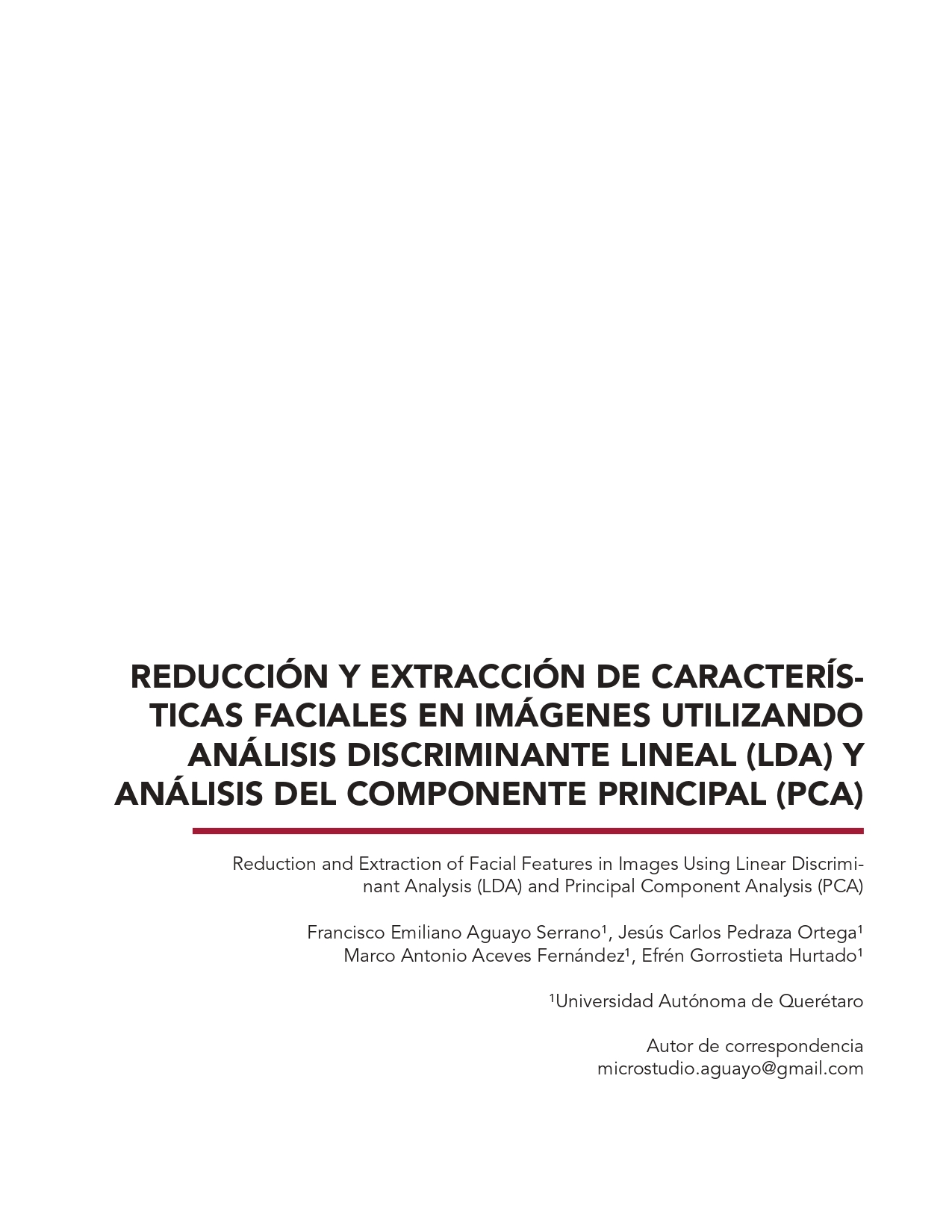Abstract
This research paper shows the implementation of two algorithms for the reduction and extraction of characteristics in images: the Principal Component Analysis (PCA) algorithm and the Linear Discriminant Analysis (LDA) algorithm, in the public database known as Cohn-Kanade (CK +) as part of the progress of the research work on the detection and classification of facial expressions with a Support Vector Machine (SVM). These two algorithms were chosen because they are the most used in the literature, where it is empirically demonstrated that they make a good reduction in the data dimension. This paper reports a part of the methodology used for the classification and detection of facial expressions, and remarks the importance of reducing the dimension of the data in a dimensional space. It is of great relevance to know if these data are really representative of the original set, and if they contribute with images that are representative of the expressions (anger, happiness, sadness, fear, surprise, neutral) to be compared. It is shown that for this specific case, LDA carries out a better grouping of data thanks to the fact that a large number of images that represent each of the facial expressions can be provided, additionally, it is a supervised algorithm.
This work is licensed under a Creative Commons Attribution-NonCommercial 4.0 International License.

